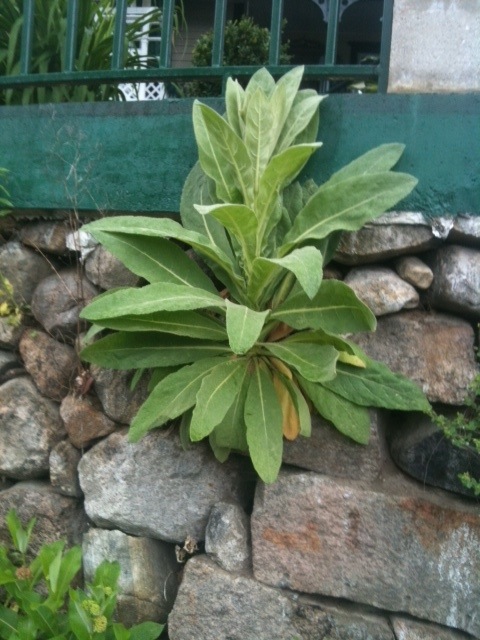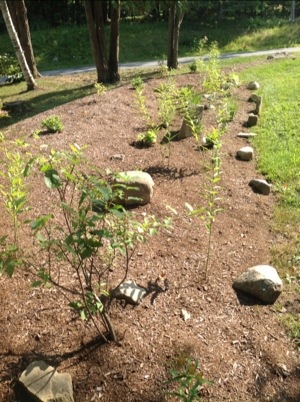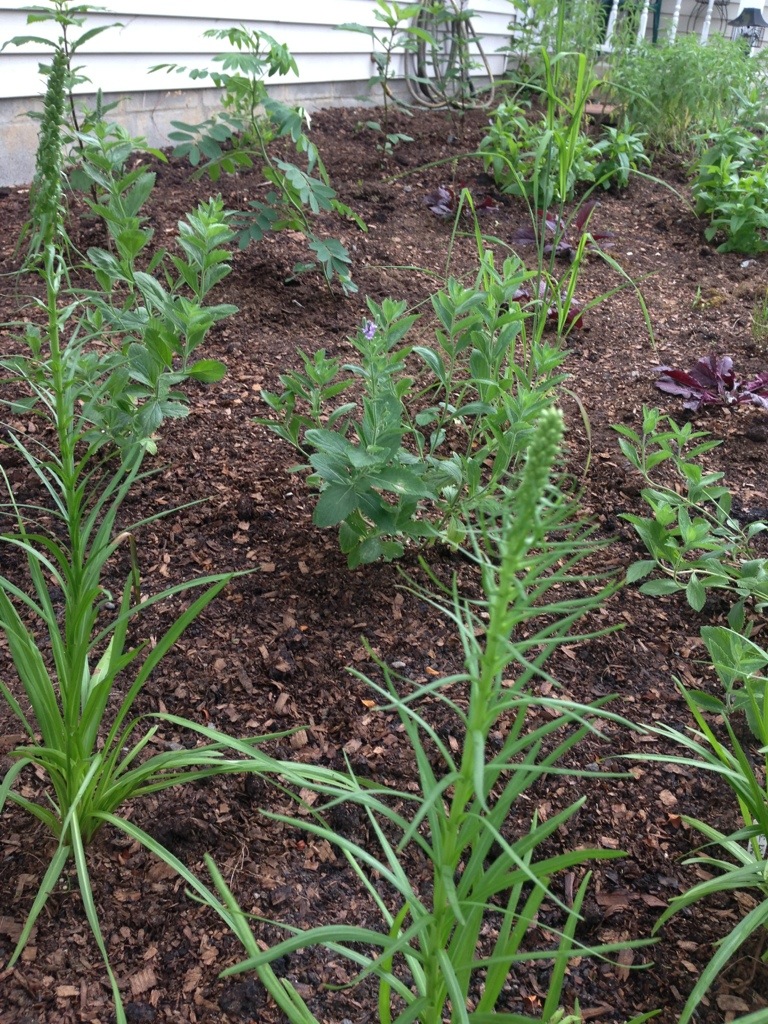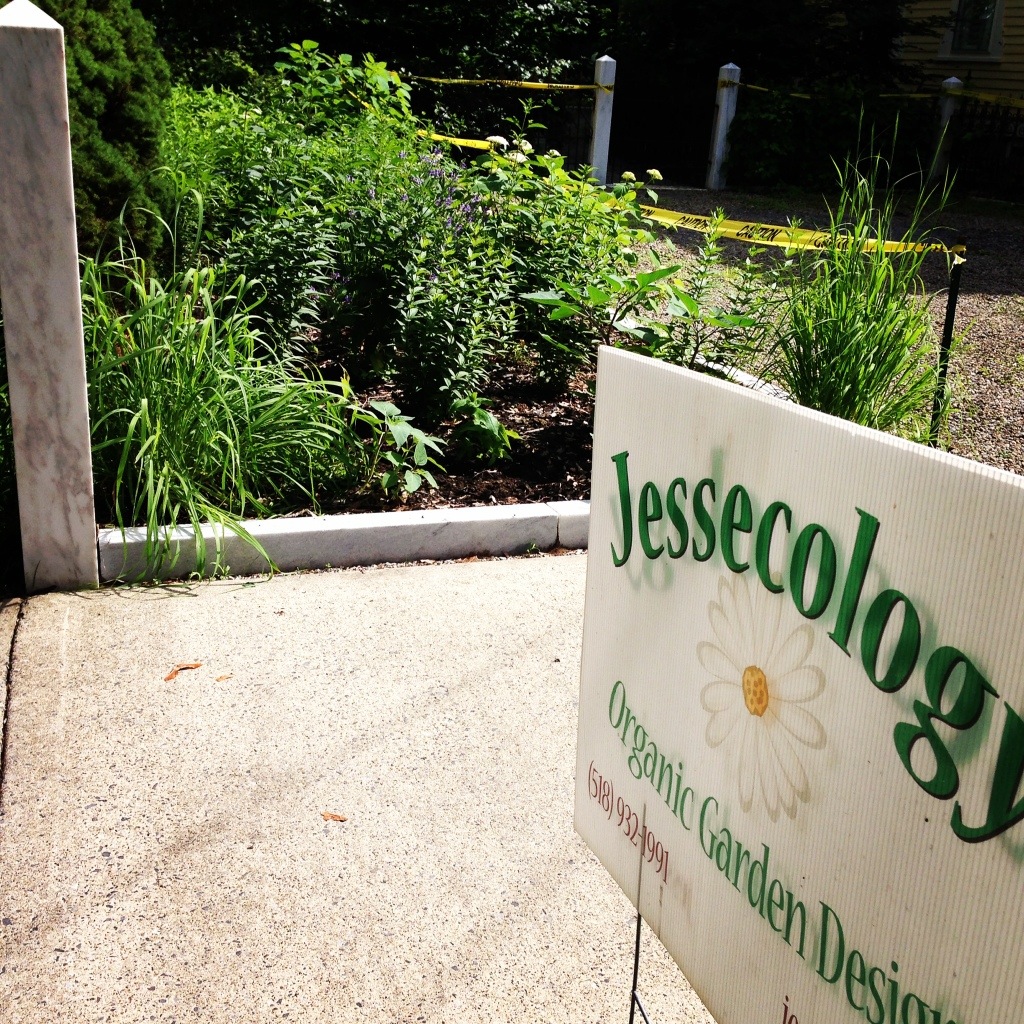Naturalized Plants.
If you ever more than dabble in the gardening world, you’ll definitely hear the term “naturalized plant” mentioned. It’s an abused grey area at best within the industry that leads to environmental problems from new invasive plants ultimately.
Naturalized plants are a sanctioned ecology category defined by a clear set of metrics. Unfortunately, most introduced plants do not meet these standards. For example, Daylilies and Hosta are not considered by ecologists to be naturalized species. And yet, Daffodils and Dandelions are. What makes the difference?
Essentially, we all have to wait a very long time to find out. Hundreds of years. The main factor scientists look for to categorize exotic plants as naturalized is that they cause no harm to the ecosystem. It doesn’t just take decades to decipher. It literally takes centuries and more. At this point in the American natural history narrative, it’s not a fun science experiment anymore. From here on out: just plant native species! We know that non-native plants can and often will become invasive.
Common Mullein (Verbascum thapsus) is a hallmark example of the curiosity known as a naturalized species. Surprisingly, Mullein has a lengthy continental history. The plant has likely been growing in the US since the 1600’s or earlier. As a result, the First Nations people have a history of medicinal use for Mullein. Our native hummingbirds often use the plant’s downy foliage as nesting material. And as a result of all of this co-evolution, Mullein has not caused economic or environmental harm to the American ecosystems.
Mullein is the exception, not the rule. It’s extraordinarily rare for an exotic plant to quietly blend into the eco-tapestry and natural history of the disturbed American biosphere. Most novel plants make a lot more noise during the integration process.




